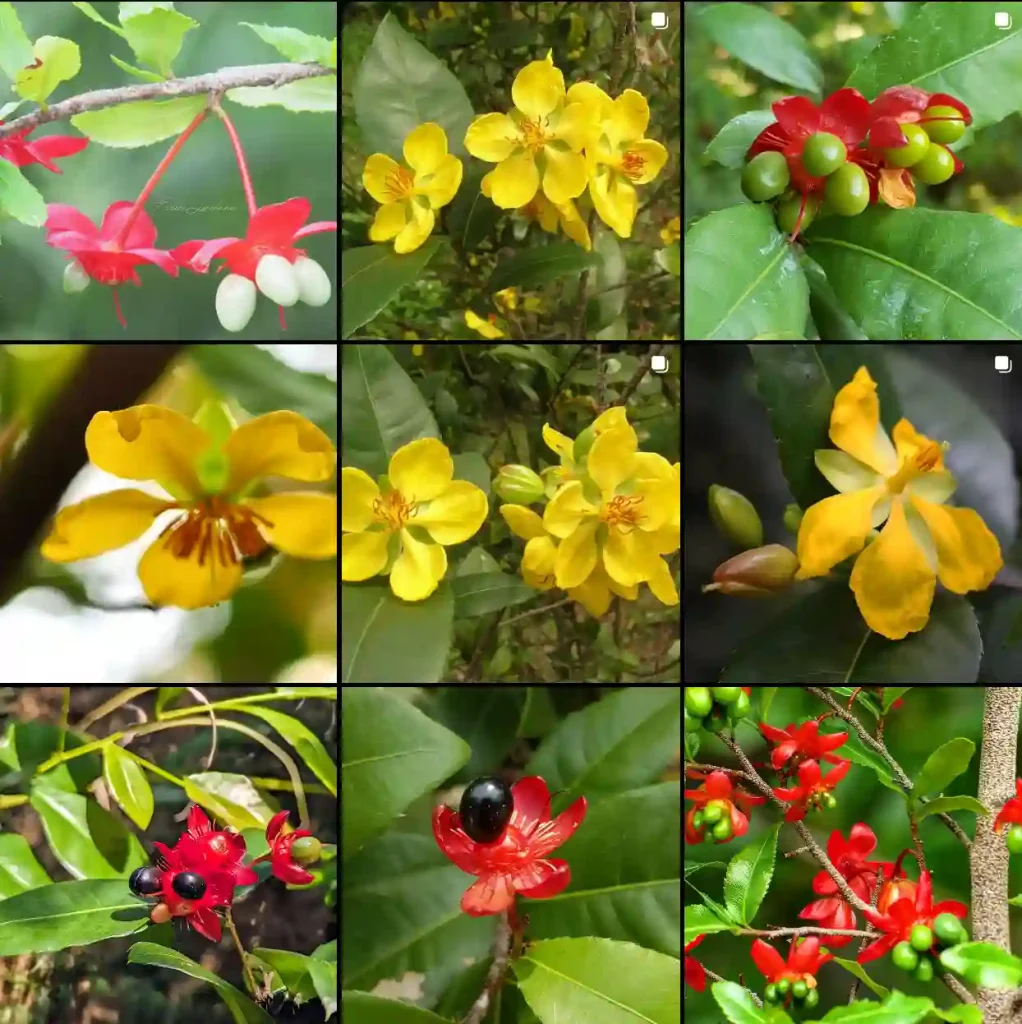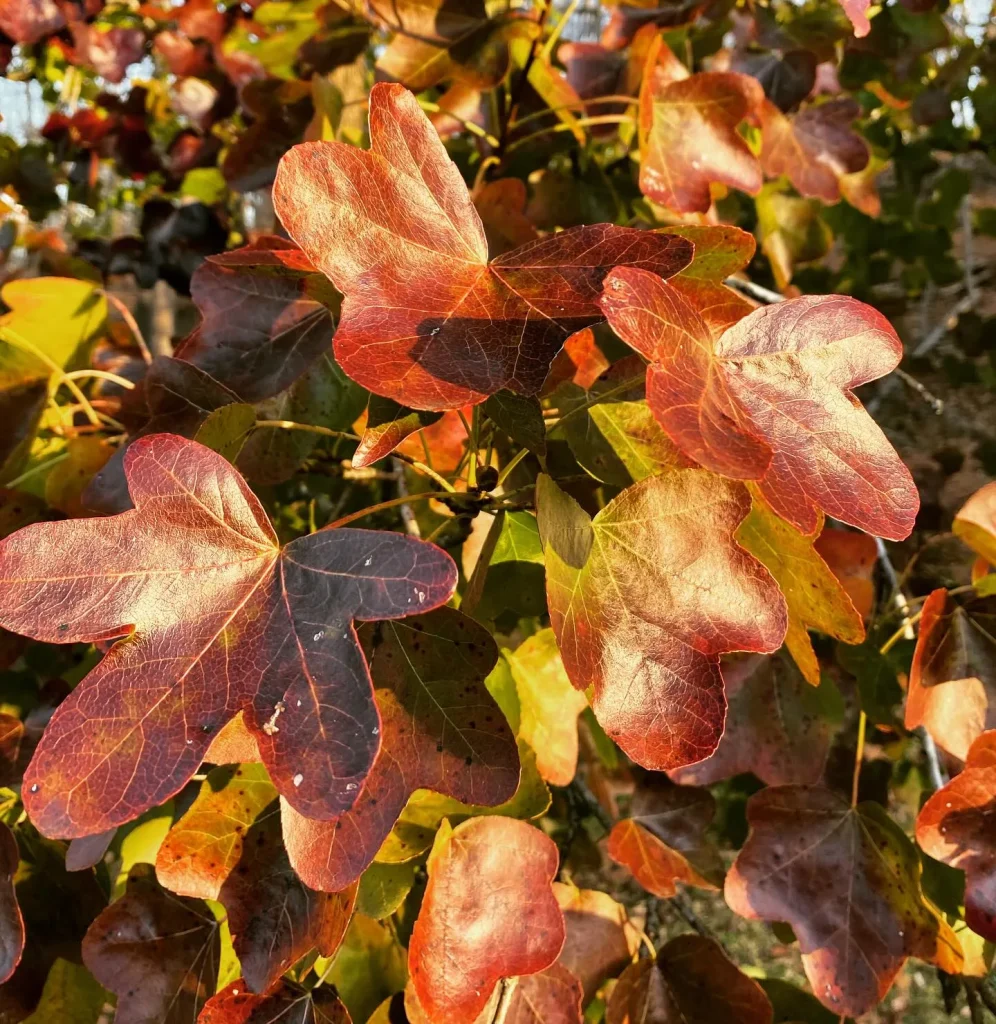A Mustard Enthusiast’s Guide to Sinapis
My name is Ferb Vu, and I’ve always been fascinated by the plant world. Lately, I’ve become particularly interested in the genus Sinapis, more commonly known as mustard plants. These vibrant yellow-flowered plants are not only visually appealing but also hold a significant place in human history, both culinary and agricultural.
What is Sinapis?
Sinapis belongs to the Brassicaceae family, a group that includes many familiar vegetables like cabbage, broccoli, and, of course, the various mustards we use in cooking. The genus itself comprises a handful of species, each with its unique characteristics and uses.
Species within the Sinapis Genus
- Sinapis alba: Known commonly as white mustard, Sinapis alba is an annual herb native to the Mediterranean region. Its seeds are often used as a spice, particularly in the preparation of mustard condiments, and the plant is also valued in agricultural rotations for its role as a green manure crop. It’s characterized by its coarse, hairy leaves and yellow flowers, which attract pollinators. White mustard has notable health benefits, containing glucosinolates which contribute to its sharp, pungent flavor and are researched for their potential medicinal properties.
- Sinapis flexuosa: Sinapis flexuosa, sometimes called slender mustard, is native to temperate regions and displays a more delicate, slender structure than its relatives. It has thin, flexible stems (hence the name “flexuosa”) and small yellow flowers that attract bees and other pollinators. This species can adapt to various soils and climates, often growing in disturbed areas. Though less commonly cultivated than S. alba, it is studied for its ecological role in supporting biodiversity, especially in areas where more robust plant species dominate.
- Sinapis pubescens: Also known as the hairy mustard, Sinapis pubescens is a lesser-known mustard species distinguished by the dense covering of fine hairs on its stems and leaves. This Mediterranean native thrives in dry, rocky soils and coastal areas. Its small yellow flowers bloom in clusters, and the plant’s hardy nature allows it to withstand challenging environments. Though not widely cultivated, it plays a role in native plant communities, supporting local fauna and stabilizing soil in its natural habitats.
The Importance of Sinapis
Mustard plants have been intertwined with human civilization for centuries. Evidence suggests that Sinapis alba was cultivated as far back as ancient Egypt. The Romans used mustard seeds extensively in their cooking, and the use of mustard as a condiment spread throughout Europe during the Middle Ages. Today, mustard is a staple in kitchens worldwide, adding a zesty kick to everything from hot dogs to salad dressings.
Beyond its culinary applications, Sinapis also plays a role in agriculture. White mustard is often used as a cover crop, helping to improve soil health and prevent erosion. It can also suppress weeds and act as a natural fumigant, reducing the need for synthetic pesticides.
My Personal Observations
In my own exploration of Sinapis, I’ve been struck by the diversity within this seemingly simple genus. From the ubiquitous white mustard to the less-known hairy mustard, each species has its own story to tell. I’ve enjoyed experimenting with different mustard varieties in my cooking, discovering the subtle nuances in flavor and texture.
I’ve also been intrigued by the ecological role of Sinapis. Observing wild mustard growing in fields and along roadsides, I’ve come to appreciate its resilience and adaptability. While some may consider it a nuisance, I see it as a testament to the tenacity of nature.
Looking Ahead
As I continue to learn about Sinapis, I’m excited to delve deeper into its botany, its history, and its potential for future applications. I believe there’s still much to discover about this fascinating genus, from its genetic diversity to its role in sustainable agriculture.
I encourage anyone with an interest in plants to take a closer look at Sinapis. Whether you’re a seasoned gardener, a culinary enthusiast, or simply curious about the natural world, there’s something to appreciate in these versatile and vibrant plants.
If i die, water my plants!



